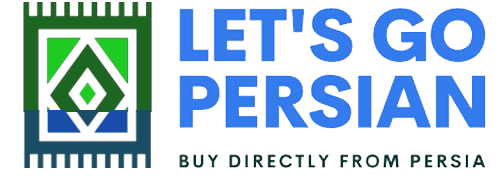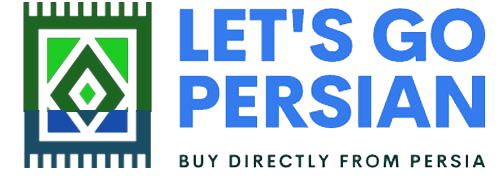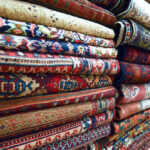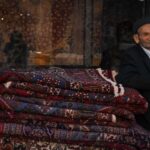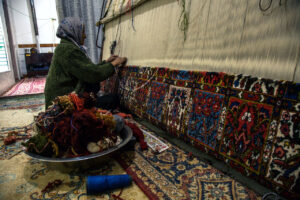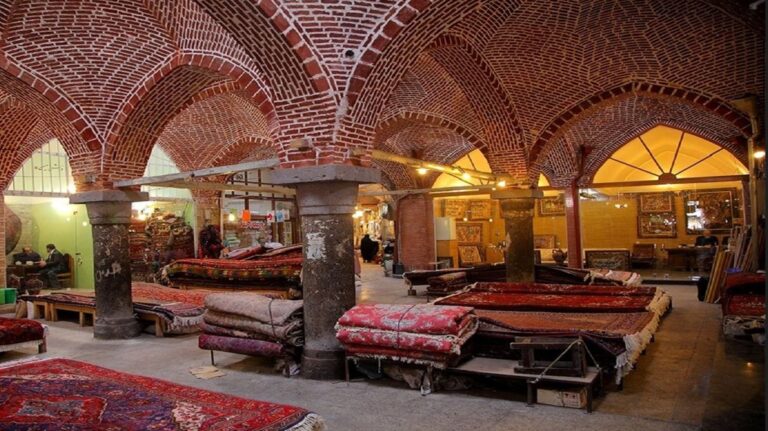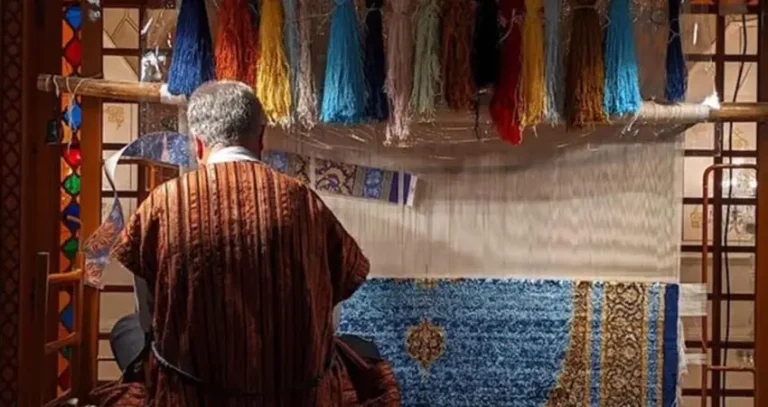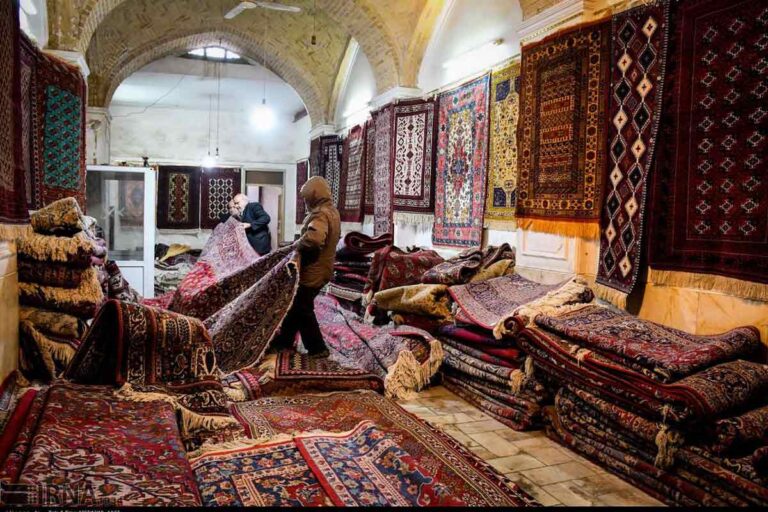7 Practical Tips for Maintaining Your Handwoven Carpet
Understanding “Raj” in Handwoven Persian Carpets – How Knot Density Affects Quality and Price
One of the key indicators of a handwoven carpet’s value, quality, and even its place of origin lies in the raw materials used in its construction. The main materials used in Persian carpets are wool, kork (baby wool), silk, and cotton. Each fiber brings its own unique properties to the weaving process, directly influencing the rug’s durability, fineness, and price.
In this article, we’ll take a closer look at these materials to help you better understand what goes into creating a genuine Persian handwoven rug.
Wool: The Backbone of Persian Carpets
Wool is by far the most commonly used fiber in Persian rug weaving. The breed of sheep, local climate, and even the season of shearing all impact the quality of the wool.
In Iran, the country’s diverse geography supports a wide range of high-quality sheep breeds, particularly in regions like North Khorasan, Sanandaj, Kermanshah, and the slopes of the Alborz and Zagros mountains. Iranian wool is typically thick and durable, ideal for making rugs with excellent resilience and “foot-feel.”
From the perspective of dyers, whiter wool is preferred, as it takes on dyes more vividly. The standard wool thickness used for Persian carpets is 30–40 microns, suitable for pile, selvedges, and in some tribal rugs, even warps and wefts. For finer weaves, thinner imported wool—like that from the Merino breed (17–24 microns)—is often used due to its softness and brightness.
Kork Wool: Softness for Finer Weaves
Kork refers to the extremely soft wool collected during the combing of young sheep, goats, or camels. Known for its delicate texture and low availability, kork is often used in high-end, fine-knotted carpets.
Because of its softness, sheen, and scarcity, kork-wool rugs are more expensive than regular wool rugs and typically have higher knot density and greater artistic detail.
Silk: Luxury and Precision
Silk is the most valuable and delicate fiber used in Persian carpet weaving. It can be natural or synthetic, but the finest carpets are always made with natural silk, which comes from the cocoons of silkworms. Multiple fine strands are twisted together to create strong, lustrous silk threads suitable for weaving.
Silk carpets are known for their incredible precision, vibrant sheen, and long-lasting structure. They’re often woven in full silk or combined with wool or kork. Due to the difficulty in production and higher durability, silk rugs are among the most expensive and collectible in the world.
Silk may be used in the pile, warp, or weft, depending on the design and quality of the rug.
Cotton: The Foundation Fiber
Cotton, or plant-based fiber, is a vital raw material in Persian rug weaving. It’s used primarily for the warp and weft—the structural base of the carpet. Cotton fibers are harvested from cotton bolls and are commonly grown in regions like Isfahan, Kashan, Qazvin, Yazd, Khorasan, Turkmen Plain, Gilan, and Mazandaran.
Cotton is known for its strength and affordability, making it ideal for forming the structural base of the rug. The highest-quality cotton is white and has uniform, fine threads.
Supporting Elements: Natural & Synthetic Dyes
In addition to the four main raw materials, dyeing agents—both natural and synthetic—play a crucial role in rug production. Natural dyes derived from plants, roots, and insects create rich, enduring colors. We’ll cover the fascinating world of dyeing materials in a dedicated article.
Final Word
Understanding the raw materials of Persian carpets helps you appreciate the artistry and labor behind each piece. Wool, kork, silk, and cotton are not just components—they are the soul of the rug, each chosen for a reason, shaped by geography, tradition, and craftsmanship.
Do you have questions or experiences with these materials?
Feel free to share your insights in the comments below.
